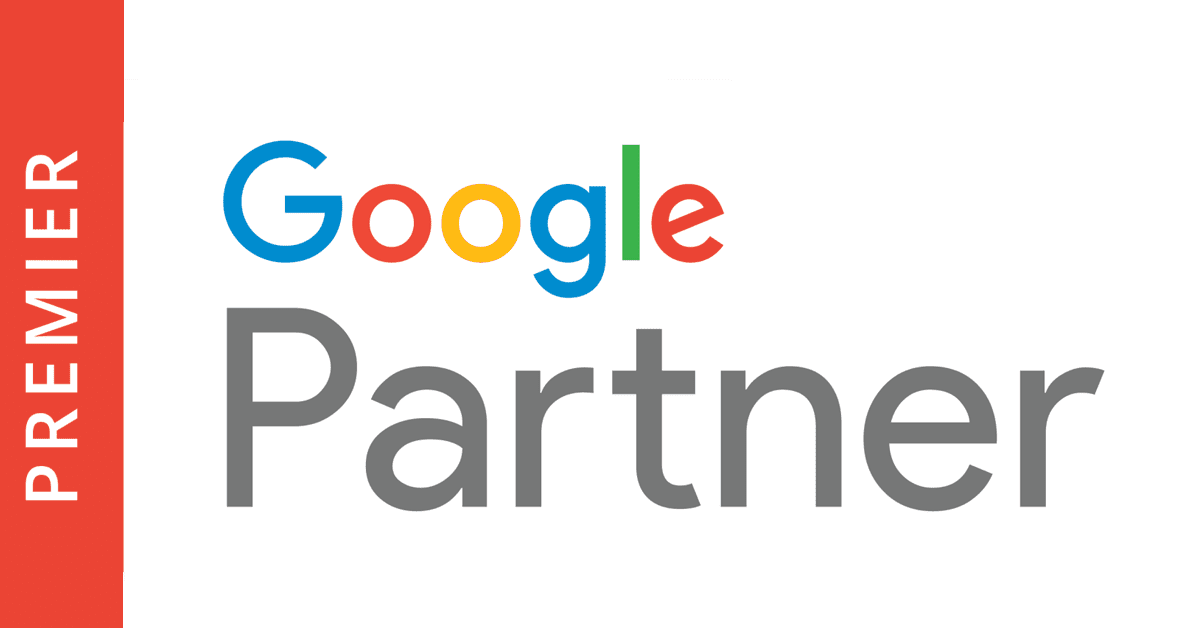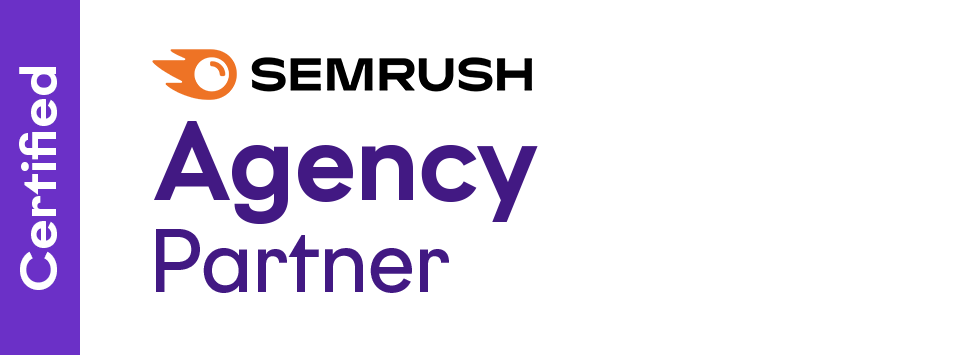In the dynamic landscape of digital marketing, Google’s algorithm updates continually reshape brands’ online visibility. Recent Broad Core Algorithm Updates have significantly influenced search rankings, impacting businesses across various sectors. This guide delves into these updates, offering insights for maintaining and enhancing your website’s Google ranking.
Core Updates Vs. The Likes Of Panda, Penguin, and Pigeon
Unlike specific updates, such as Panda, Penguin, and Pigeon. Google’s core updates are not designed to target spammy tactics or penalize certain domains. Instead, they refine the algorithm’s overall functioning, affecting how Google assesses and ranks web pages. These updates, though not punitive, can still substantially affect site rankings.
For years, Google has introduced many changes to reduce fraud and shift how ranking is determined. These vary from huge to tiny changes, but both greatly affect individual sites.
Here’s a simple overview of how Core Updates differ from updates like Panda, Penguin and Pigeon:
| Broad core algorithm update | Penguin, Panda, Pigeon, etc. | |
|---|---|---|
| Targets spammy tactics | No | Yes |
| Penalizes certain domains/pages | No | Yes |
| Have clear recovery recommendations | No | Yes |
A Closer Look At Some Recent Core Updates And How The Affected Rankings
This year, Google has rolled out many algorithm updates quickly. There have been three Core Updates since August and four in 2023 alone.
You may notice small changes in your rankings throughout the weeks and months, but a Core Update will typically impact your rankings significantly.
What kind of impact did Google’s recent changes have?
Google often doesn’t provide much information about each update. However, through our analysis we’ve found that some areas of focus were:
- In the March and August Updates, Google focussed on E-E-A-T (Experience, Expertise, Authoritativeness and Trustworthiness).
- In October, Google gave a boost to highly authoritative websites and UGC. This seems to have responded to significant amounts of search “spam”.
- The November update doubled down on the changes in the October update and a focus on eCommerce websites.
- Shifts in user search intent. Google is constantly refining their ability to match a search query to the perfect results. As each core update rolls out, we can see Google constantly updates the kind of content that appears for a given search query.
How to Keep Your Website (and Your Brand) Safe From Disruption
Like with all the changes Google makes, adaption is critical to survive. Unfortunately, there is no 100% foolproof method to ensure your search results aren’t impacted. But there are some ways you can reduce the risk. Here’s a checklist you can follow:
- Do you see your article title and intro immediately after the page loads?
- Is your article long enough to cover the topic in much detail?
- Does your article mention related entities (Names, authors, events, etc.)?
- Does your article cite its sources? Does it include many reference links providing further information on the mentioned concepts and entities?
- Is the author’s information (name, bio indicating areas of expertise, link to a more detailed bio, etc) visible on the page?
- Do your ads and calls to action distract a user from your article?
- Do your ads show adult or misleading content?
- Do your page ads slow down the page?
- Is it hard to tell ads from other (navigational) links on your page?
- Are your ads clearly labelled as sponsored links/ads?
- Do you have clearly visible links to your “Contact us” page and “About us” page?
- Are your page user comments well-moderated?
More Guidelines: Creating helpful, reliable, people-first content
And here are some additional things you should do that are often overlooked.
Re-optimise your content and remove thin or stale content
If you’ve dropped a few positions in search results, the best thing to do is analyse the content ranking higher than you. Take note and improve your content to regain the rankings you lost in the update.
Thin and outdated content may impact how Google’s algorithm perceives your website’s overall quality. Remove thin content or try adding additional content where necessary. This will help improve your overall rankings.
List Authors With Proper Bios
Don’t hide the author of your blog posts. Create detailed author pages and ensure a link to them within each blog post. This has become even more important as Google increasingly focuses on E-E-A-T in 2023.
Publish On Authoritative Sites
Find authoritative sites to publish under your name to build your reputation and brand. This is also a good opportunity to introduce a new audience to your website.
Tips For Staying On Top Of Core Algorithm Updates
As I mentioned earlier, Google isn’t always clear on what a core update might be focussing on, and they can sometimes feel like they come out of the blue. But we can often look for hints that might help us determine what is going to happen next. If you want to stay ahead of the game, try the following:
- Monitor SERP Volatility using a tool like AccuRanker’s Google Grump Rating. Tools like this often pick up volatility just before an update rolls out.
- Keep an eye on Google’s Documentation changes and Product Updates. Updates in these places often align with core updates and may give us some insight into what they changed.
- Follow Google on social media, and they usually drop a hint every now and again. Take this as an example.
Unconfirmed Broad Core Algorithm Updates
Every so often, SEOs will notice significant volatility in Google search results, leading them to believe that Google has released a new core update without confirming it. Here are some examples of the SEO community detecting potentially unconfirmed Updates:
- Google Search Algorithm Ranking Update October 25 (Unconfirmed)
Google Search Algorithm Ranking Update October 27 (Unconfirmed)
Using the tips I mentioned above, you can gain greater insight into changes in the SERPs, making it easier to stay ahead.
Need help with your SEO?
Navigating the vast and complex landscape of SEO can be overwhelming, with an abundance of information making it challenging to know where to start. As an SEO Agency, Digital Eagles can help you with your organic search presence and navigate any algorithm updates.
If you’ve been negatively impacted by a Core Update or just need someone to take care of your SEO for you, feel free to reach out to our team if you need help building your business’ online presence.



















